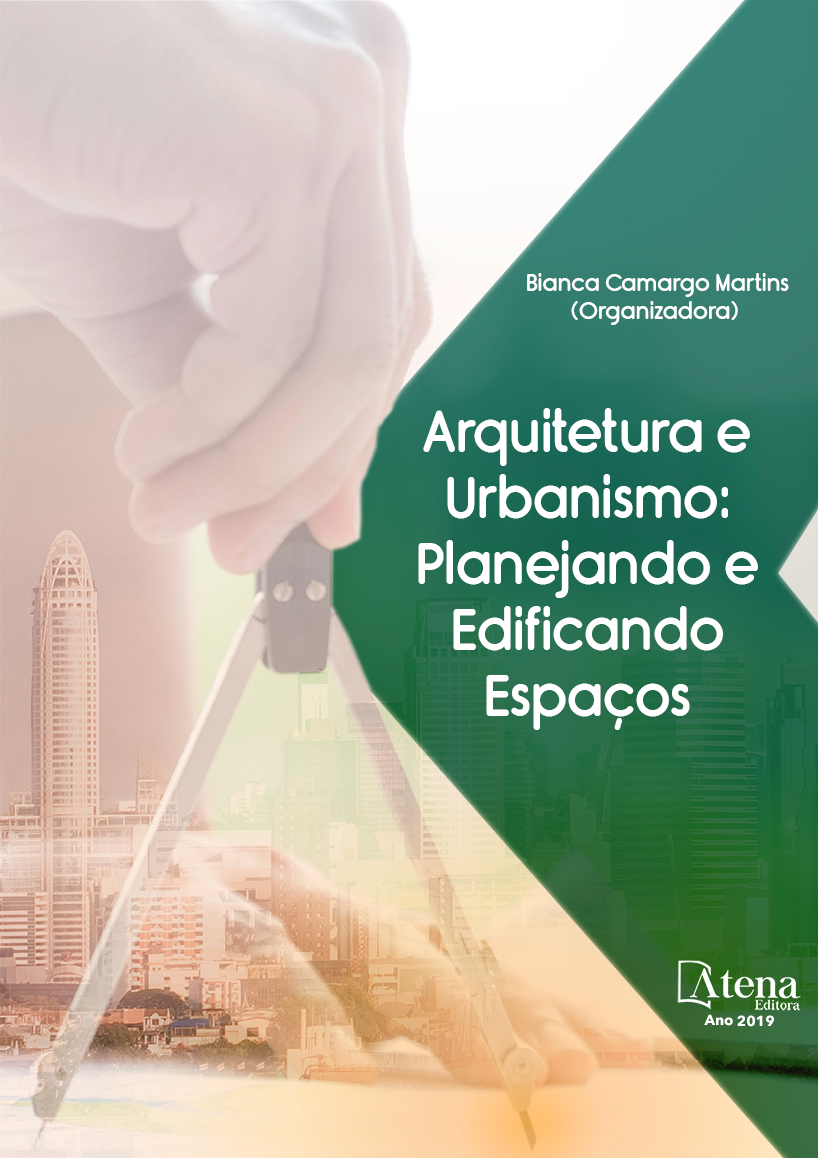
UMA ANÁLISE DIACRÔNICA DO TECIDO URBANO: O ESTUDO DE CASO DE SÃO JOSÉ DO RIO PARDO-SP
O núcleo urbano de São José do Rio
Pardo, localizado na porção nordeste do Estado
de São Paulo, foi fundado em meados do
século XIX, através da doação de uma parcela
de terras de uma fazenda para um orago de
devoção, formando o patrimônio religioso. Sua
fundação integra uma rede urbana formada por
outros municípios relacionados à uma rede de
caminhos na fronteira entre as Províncias e
depois Estados de São Paulo e Minas Gerais.
O presente artigo tem por objetivo demostrar
a formação do tecido urbano do município
de São José do Rio Pardo – SP, no recorte
temporal 1865 – 1941, a partir da identificação
de fontes primárias (textuais, cartográficas
e iconográficas). O artigo reconstitui a
morfogênese do tecido urbano, em sua relação
com o território, identificando as rotas e caminhos
que estruturam a ocupação da região, além dos
aspectos fundiários que antecederam a criação
do patrimônio religioso. Como método para a
compreender o crescimento do tecido urbano,
utilizam-se fontes textuais e cartográficas,
espacializadas por meio de métodos de
georreferenciamento. O artigo contribui com
uma discussão sobre métodos e ferramentas
para análise do tecido urbano existente, através
do cruzamento de fontes de caráter distinto, em
bases cartográficas, ampliando a compreensão
sobre os processos da formação territorial do
nordeste do Estado de São Paulo.
UMA ANÁLISE DIACRÔNICA DO TECIDO URBANO: O ESTUDO DE CASO DE SÃO JOSÉ DO RIO PARDO-SP
-
DOI: 10.22533/at.ed.52819100710
-
Palavras-chave: morfogênese; tecido urbano; georreferenciamento.
-
Keywords: morphogenesis; urban tissue; GIS.
-
Abstract:
The urban nucleus of São José do
Rio Pardo, located in the northeastern portion
of the State of São Paulo, was founded in the
mid-nineteenth century, through the donation
of a portion of land from a farm to an oracle
of devotion, forming the religious heritage. Its
foundation integrates an urban network formed
by other municipalities related to a network of
roads on the border between the Provinces
and States of São Paulo and Minas Gerais.
The present article intends to demonstrate the
formation of the urban tissue of São José do Rio
Pardo-SP, in the temporary clipping 1865 - 1941,
defined from the identification of primary sources
(textual, cartographic and iconographic). The
article reconstructs the morphogenesis of the
urban tissue, in its relation with the territory,
identifying the routes that structured the
occupation of the region, as well as the land aspects that preceded the creation of
the religious patrimony. As a method to understand the growth of the urban tissue, it
uses textual and cartographic sources, spatialized by georeferencing methods. The
article contributes with a discussion about methods and tools for analyzing the existing
urban tissue, through the crossing of distinct character sources, on cartographic bases,
broadening the understanding of the processes of territorial formation in the northeast
of the State of São Paulo.
-
Número de páginas: 15
- Renata Baesso Pereira
- Rafael Augusto Silva Ferreira


